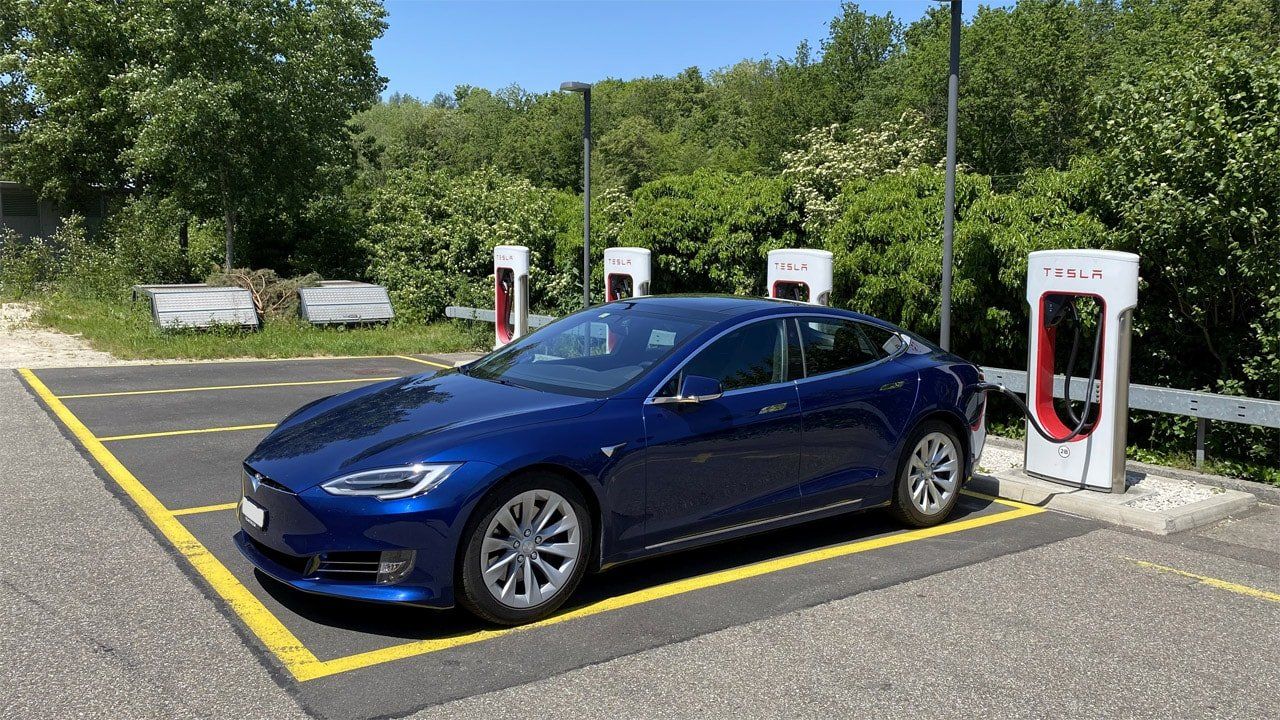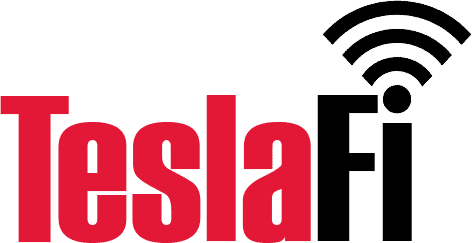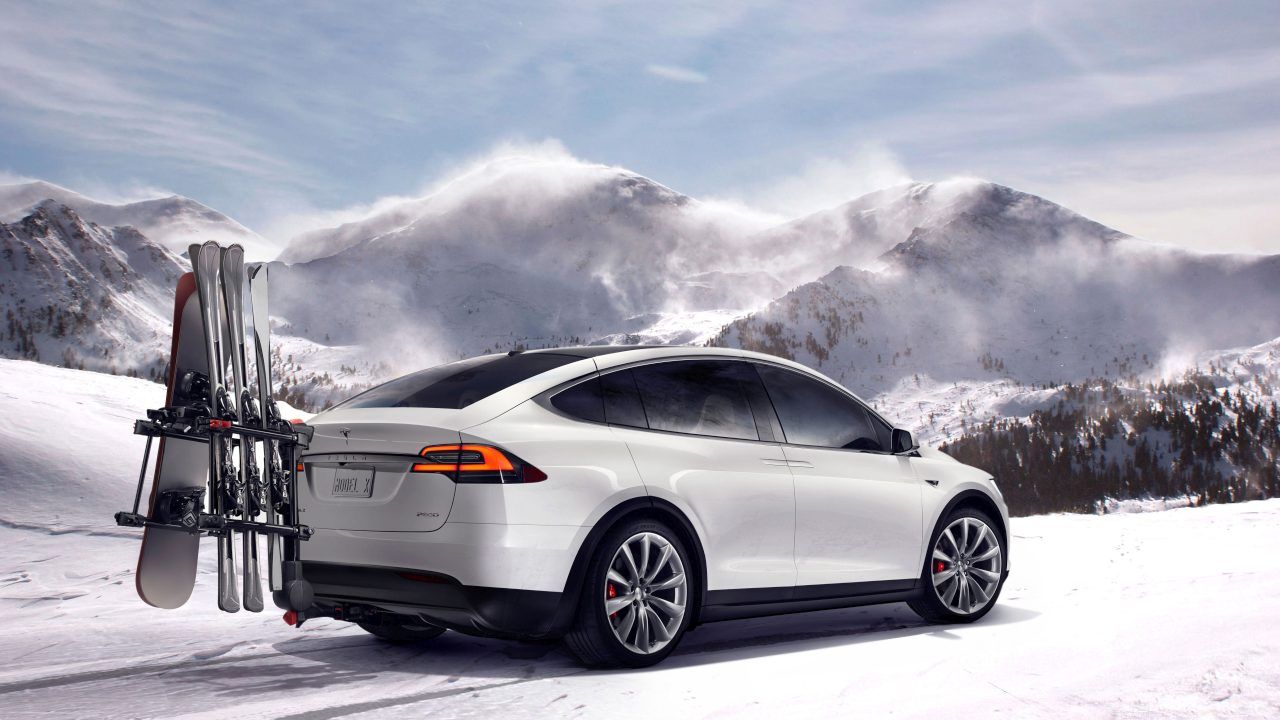This article summarizes information about the reduction of the DC fast charging speed after a certain amount of charged DC power at the Tesla Supercharger or other DC current sources.
Around May 2017, it was announced in an American Tesla Forum that frequent supercharging has a negative effect on the maximum loading speed. Traditionally, this means a reduction of the maximum DC fast charging rate of a Tesla under ideal conditions to a C-Rate of about 1.2C. This corresponds to a 10-15% reduction of the maximum charging rate. The reason for this is probably to prevent possible damage to the battery by charging too often at high power.
Only Model S and Model X vehicles with a newer cell chemistry seem to be affected. These are confirmed to be the battery types: 75 kWh and 90 kWh. Model 3 vehicles are not affected. The Model 3 battery is based on a different cell chemistry. Also, the old Model S and X vehicles with 60, 70 and 85 kWh are not affected because they are still based on the old cell chemistry. The “Raven” models of the Model S and Model X, which will be available from spring 2019, do not appear to be affected either. However, there is no long-term experience yet.
Bjørn Nyland explains in this video that the batteries are programmed to gradually reduce the charging power after 2625 DC charged kWh. After 13125 kWh which DC has been charged, the maximum throttling has been reached.
Update from June 22, 2019: Meanwhile the Tesla with 85 kWh battery seems also to be affected by a charging speed reduction since software version 2019.20.1. It is suspected that this has been changed to protect the battery, which annoys many owners of these vehicles.
Custom Fit for all Model 3
Shop for more Tesla Accessories here!
Negative effects for Model S and Model X
For 75 kWh and 90 kWh batteries: An example of the effect of the reduction: With the 75 kWh battery, the maximum possible supercharging capacity is reduced from about 95 kW to about 82-85 kW. The 90 kWh battery reduces its maximum power from about 112 kW to 95 kW. As a result, the duration of the charging process is extended by about 3-5 minutes with a charging process of 10 to 90% battery capacity.
100 kWh battery: This type of battery also seems to be affected. From 150 kWh the maximum power is reduced to about 106 kWh. Only the Raven vehicles are not affected yet.
The comparison of two such charging processes is shown very well in this YouTube video by Bjørn Nyland.
Official statement from Tesla about the reduction in DC fast charging
Tesla has commented on the subject as follows:
Does Supercharging affect my battery?
The peak-charging rate of the battery may decrease slightly after a large number of high-rate charging sessions, such as those at Superchargers. To ensure maximum driving range and battery safety, the battery charge rate is decreased when the battery is too cold, when it is nearly full or when its condition changes with usage and age. These changes in the condition of the battery may increase total Supercharger time by a few minutes over time.Source: https://www.tesla.com/support/supercharging
Frequent DC fast charging with CHAdeMO is also problematic
This has a very unfavorable effect on Tesla drivers who often charge with CHAdeMO adapters. CHAdeMO means direct current charging with maximum 45 kW. This charging capacity seems to be less problematic for the battery than supercharging with higher speed. But since it is direct current, the internal counter for “kWh charged via direct current” still increases.
For the reduction of the charging speed the ratio between charged kWh via direct current (CHAdeMO and Supercharger) and charged kWh via alternating current (all other connections like household socket, CEE, Wall Connector, etc.) seems to be decisive. It is not known which exact ratio triggers the Tesla charging speed reduction.
Conclusion
It definitely makes sense to preserve the battery favoring its longevity. Three to five minutes longer waiting time on the Supercharger should not be a problem as a rule. Ultimately, the sustainability of resources is what counts most in an electric car. However, it’s not known to what extent Tesla might limit the fast charging capabilities in the future, as they apparently already did with the 85 kWh battery. To risk a high degradation of the battery already after a few years is not reasonable. Unfortunately, it is a pity that CHAdeMO charges apparently also have a negative effect, even though this probably only affects a rather small proportion of Tesla drivers.
This whole topic is also extensively discussed in the TMC forum.
Sources: This information comes mainly from experiences of Tesla owners and internet forums and is not an official statement of Tesla except for the quote in the paragraph “official statement of Tesla to reduce loading speed”.
The Tesla Data Logger
Collect statistics about your trips, power consumption, battery degradation and much more.
Register here to test TeslaFi for four weeks instead of two weeks for free.*





